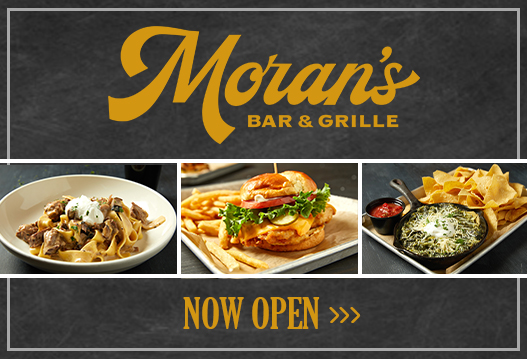Who says you can't have it all?
Catch a game. Experience a concert. Grab drinks. When you make the switch to downtown Columbus apartments – including Arena Crossing, Flats on Vine and Flats II – you’re always in the action. So don’t just move in. Move up.
Live, work and play in Downtown Columbus’ vibrant Arena District. Choose the living situation that best fits your lifestyle – from studio to one-and-two-bedroom apartments to luxury condominiums with breathtaking views of the Scioto River.
